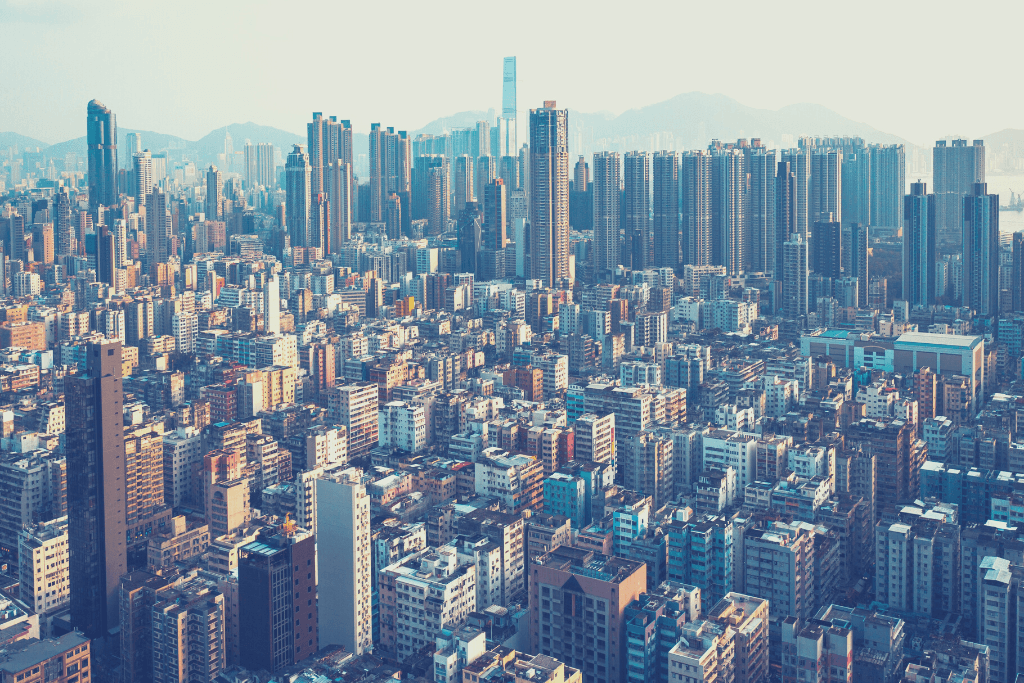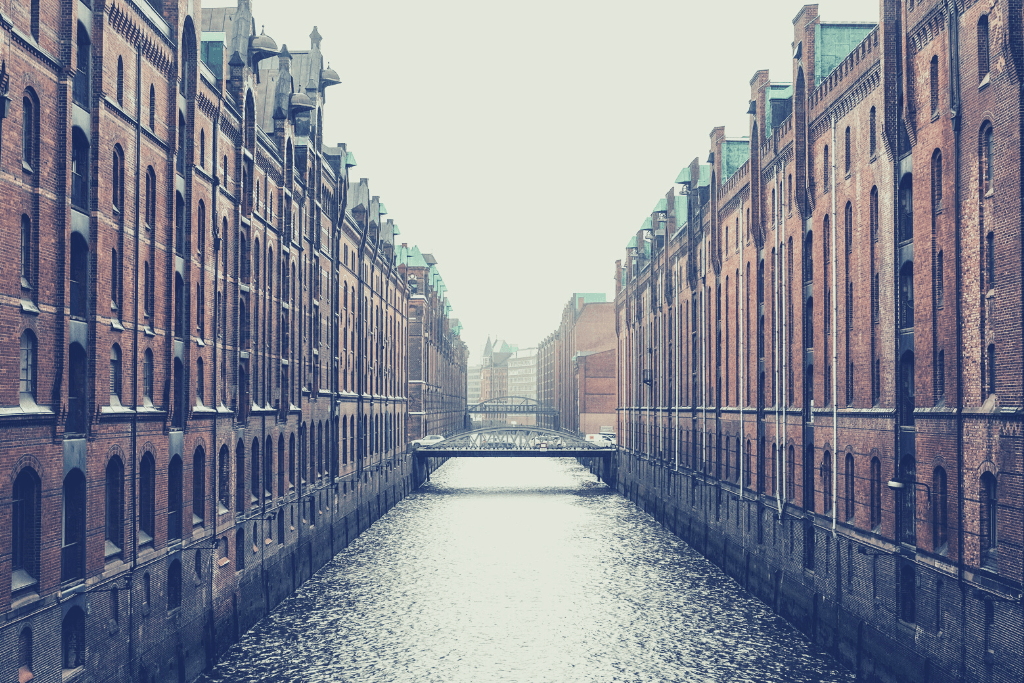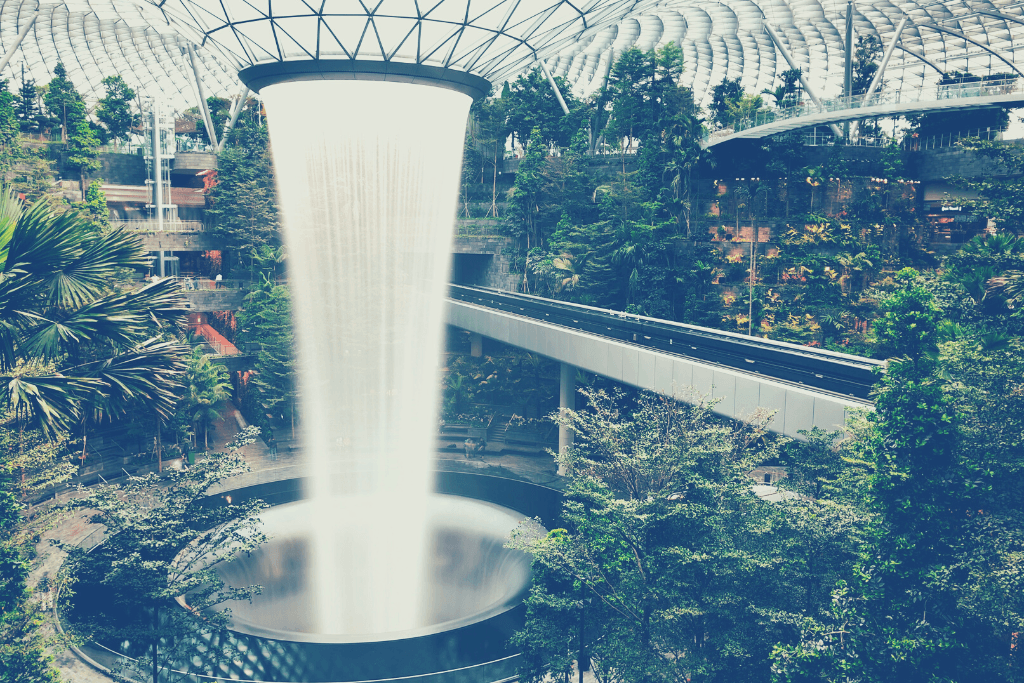Textile Architecture: 7 Buildings That Interweave Sustainability and Innovation

Textile architecture revolutionizes the architectural landscape with hybrid and fluid solutions that interweave functionality, aesthetics, and sustainability. Thanks to the synergy between advanced textiles, innovative technologies and BIM software, a new design frontier emerges that can meet the needs of temporary and permanent projects, challenging the traditional indoor-outdoor dichotomy.
Can Vertical Cities Solve Urban Population Overload?

By 2050, 70 percent of the world’s forecasted 10 billion population will live in cities, translating into roughly 7 billion urban dwellers, compared to 4.4 billion today. Most of this booming urbanization will take place in emerging economies such as China, India, and Indonesia. Even though these countries boast a vast land mass, they might still struggle to accommodate this urban growth in […]
Sick Building Syndrome: How to Identify and Prevent It

Sick Building Syndrome (SBS) describes the condition of ill-health one might experience in a specific building. It’s a set of medical discomforts that can cause a group of mucosal, skin, and general symptoms that are temporally related to working in particular buildings.
How Metaverse Might Be a Playground for Architects

Metaverse doesn’t refer to a single specific technology but a combination of multiple elements, including VR, AR, aspects of social media, online gaming, in 3D spaces. The term describes a vast transformation in how people interact with technology rather than a method.
Top 4 Trends in Sustainable Architecture and Construction

Construction is still one of the least efficient and digitized industries worldwide. Nevertheless, in the last decade, there has been a considerable push from some of the industry leaders for better practices that are kinder to our planet
Small Islands, Large Impact: Sustainability Lessons From 3 Islands

Islands are among the most vulnerable places to climate change. Especially given that islands contribute to a fraction of the global greenhouse gas emissions, the climate change risks they’re facing are disproportional.